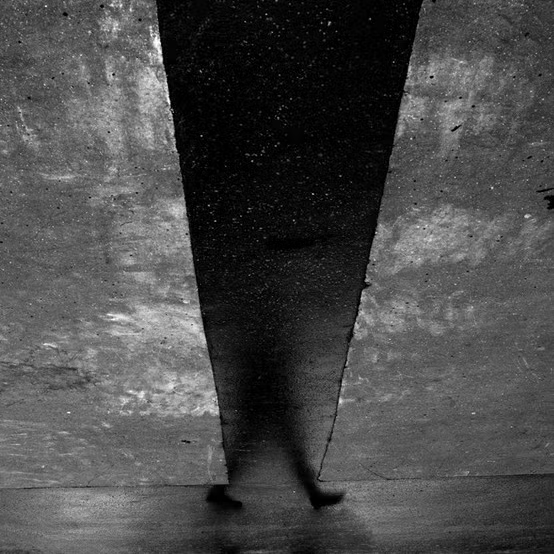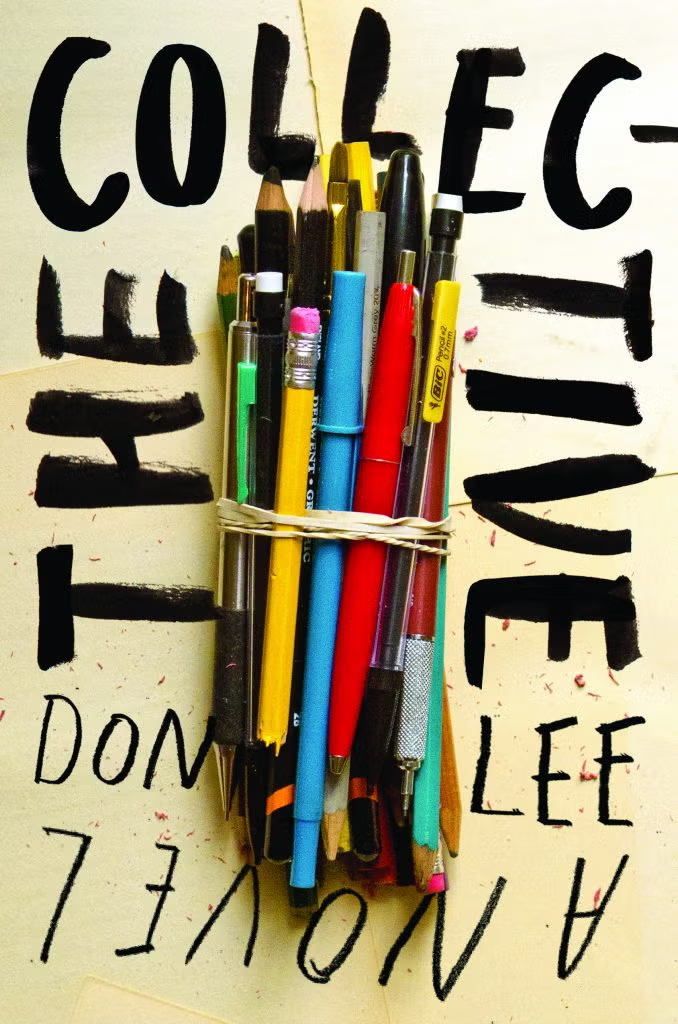It’s very possible that CAConrad is the most interesting poet currently working in the United States. Either that, or they’re our most bewildering. Perhaps both. AMANDA PARADISE: Resurrect Extinct Vibration, CAConrad’s most recent book, has only reinforced my view of the poet.
I’m not alone; in their review of CAConrad’s 2010 collection, The Book of Frank, Eileen Miles wrote that “for me, he’s the poet who always changes the room he enters. He’s poetry’s answer to relational aesthetic.” (CAConrad now uses they/their pronouns).
Let’s consider the evidence: aside from the fact that CAConrad uses an unconventional, deliberately capitalized, unspaced-when-using-both-first-and-last-names name, CA is a presence. If you haven’t been to a CAConrad reading, I can’t recommend enough that you attend one. And then there is CAConrad’s writing process: their work is created via what they refer to as “(Soma)tics.” These are, per CAConrad’s own description, “ritualized structures where being anything but present was next to impossible. These rituals create what I refer to as an ‘extreme present’ where the many facets of what is around me wherever I am can come together through a sharper lens.”
The rituals themselves and the products of (Soma)tics vary, but here’s a sample from their 2017 volume, While Standing in Line for Death. The book comprises a series of descriptions of rituals and poems based on those rituals. The (Soma)tic ritual “My Faggot Kansas Blood to the Earth” is described thusly:
In a Kansas field I spent several hours burying my feet in the soil while listening to the insects, birds, and cars on the highway beyond the trees. . . . I took notes for the poem. I dug a hole and deposited shit, piss, vomit, blood, phlegm, hair, skin, fingernails, semen, and tears, and in that order. I apologized for being alive.
And the resulting poem, “My Faggot Blood on His Fist” opens like so:
the first time
someone sent
Homer through
the internet
dot
dot dot
we are all
falling in
love while
standing in
line for death
The connection between burying one’s feet in soil and sending Homer through the internet strikes me as tenuous at best, but I’m not sure that really matters. The description of the ritual itself is gripping and strange (depositing bodily fluids in the ground and then apologizing for being alive!), and the resulting work is interesting in its own right. Who else writes like this? Who has ever written like this? CAConrad is like a queer Robert Bly without the masculine posturing, mixed with a healthy degree of Getrude Stein and, I don’t know, Kendrick Lamar?
So let’s return to AMANDA PARADISE: in addition to being the latest addition to CAConrad’s eminently interesting but confounding body of work, it might just be the most interesting-yet-confounding to date. Case in point: the final, very long (72-page) poem in the collection, “72 Corona Transmutations,” may be the best piece of COVID-related literature I’ve read during the whole of the pandemic. The poem, which is rooted in a comparison of COVID-19 to the gay community’s experience of the AIDS epidemic (“it was over half my life ago / since I told this many friends / I hope we all survive”), captures the mix of grief, upset, simmering aggression, and weirdness that has pervaded United States since the start of the pandemic, particularly during Trump’s last year in office. Here’s a representative section from about midway through:
the governor opened the parks and golf courses because it would not look good to open just the golf courses are they wearing masks at the country club? is someone spraying the balls with alcohol? are there funny little jokes exchanged? about social distancing? clink-clink the world burns burns burns burns burns burns
This sample also illustrates another curious-but-confounding formal aspect of AMANDA PARADISE: the line breaks. Or should I say the shapes of the poems, since every poem in the collection is shaped in some way. Not necessarily in the sense that the poems are intended to look like things—though two pages of “72 Corona Transmutations” resemble, I swear, a bunny and a duck—but every poem’s line breaks and line lengths force an intentional shape, as opposed to the (presumably) unintentional shapes all poems possess. Here are two additional samples, the curving opening lines of “We Vanish into One Another As Needed,” and another section of “72 Corona Transmutations”:
in the middle of surgery the doctor asks if
we want to make use of the open chest
feed love notes and lucky numbers to
the bird under the ribcage
ask it how to stop
blaming violets for
adapting beneath
mower blades
And:
as a pause
in the
heartbeat
of empire
or never going back
to paying for wars
we pretend are
not happening
And in case the above isn’t clear enough, every poem in the collection uses the page’s white space in a highly deliberate way; for example, all seventy-two sections of “72 Corona Transmutations” are bottom-aligned. CAConrad directly addresses the poems’ forms in the long notes section at the back of AMANDA PARADISE:
When I began writing using (Soma)tic poetry rituals, poems became shapes. At first I tried to allow the poem to languish on the left margin, but I felt ill. Then I felt anxious while also feeling compelled to move the lines off of the left margin. The more I pushed the words into the page’s interior, the better I felt.
I don’t agree that the poems’ forms/shapes are always necessary or successful—the shape can be distracting, as in the book’s first poem, “Golden in the Morning Crane Our Necks,” which looks vaguely like a semicolon, or “Altered After Too Many Years Under the Mask,” which has a curving, spine-like right margin—but CAConrad’s liberal use of margins and line breaks is another example of their process. To repeat my previous question: who works like this? Only CAConrad.
As noted, the poems in AMANDA PARADISE are followed by a fairly long series of somewhat casually written, almost personable (or at least personable versus the poetry, the tone of which is direct-bordering-on-confrontational) prose notes about the writing of the work in the book and the (Soma)tic rituals followed. This differs from While Standing in Line for Death, in which prose description and poetic result alternate throughout the book. The result is that AMANDA PARADISE reads almost like two books, each striking in their own way. Why CAConrad chose to place all of the prose notes together in AMANDA PARADISE, I don’t know, but it leads to a nice sense of cohesion. The prose, after roughly 100 pages of poetry, serves as a chaser to the poetry’s shot. And the prose is compelling stuff in its own right: in addition to the ritual descriptions, which are invariably fascinating, there are CA’s notes about living on the road during the writing of AMANDA PARADISE, driving “back and forth across the United States to teach and to perform my poetry.”
It’s therefore appropriate that a book written while traveling across America ends with Walmart, perhaps the most American retail chain. CA describes sleeping in their car in Walmart parking lots and then, aptly, working Walmart—as unpoetic a store as might exist anywhere—into their poetic practice:
No matter where I was, once I entered the store, it became a portal into The Walmart Dimension, with the same “greeter” at the entrance, the same music playing, the same items for sale. I would listen to a recording of extinct animals and walk in a giant spiral formation, kneeling in the store’s center to take notes for the poems.
We’re lucky to have CAConrad working among us, both documenting and responding to—and with their responses adding additional documentation of—the deeply strange time we’re living in. As the saying (and/or apocryphal curse) goes, “may you live in interesting times.”






